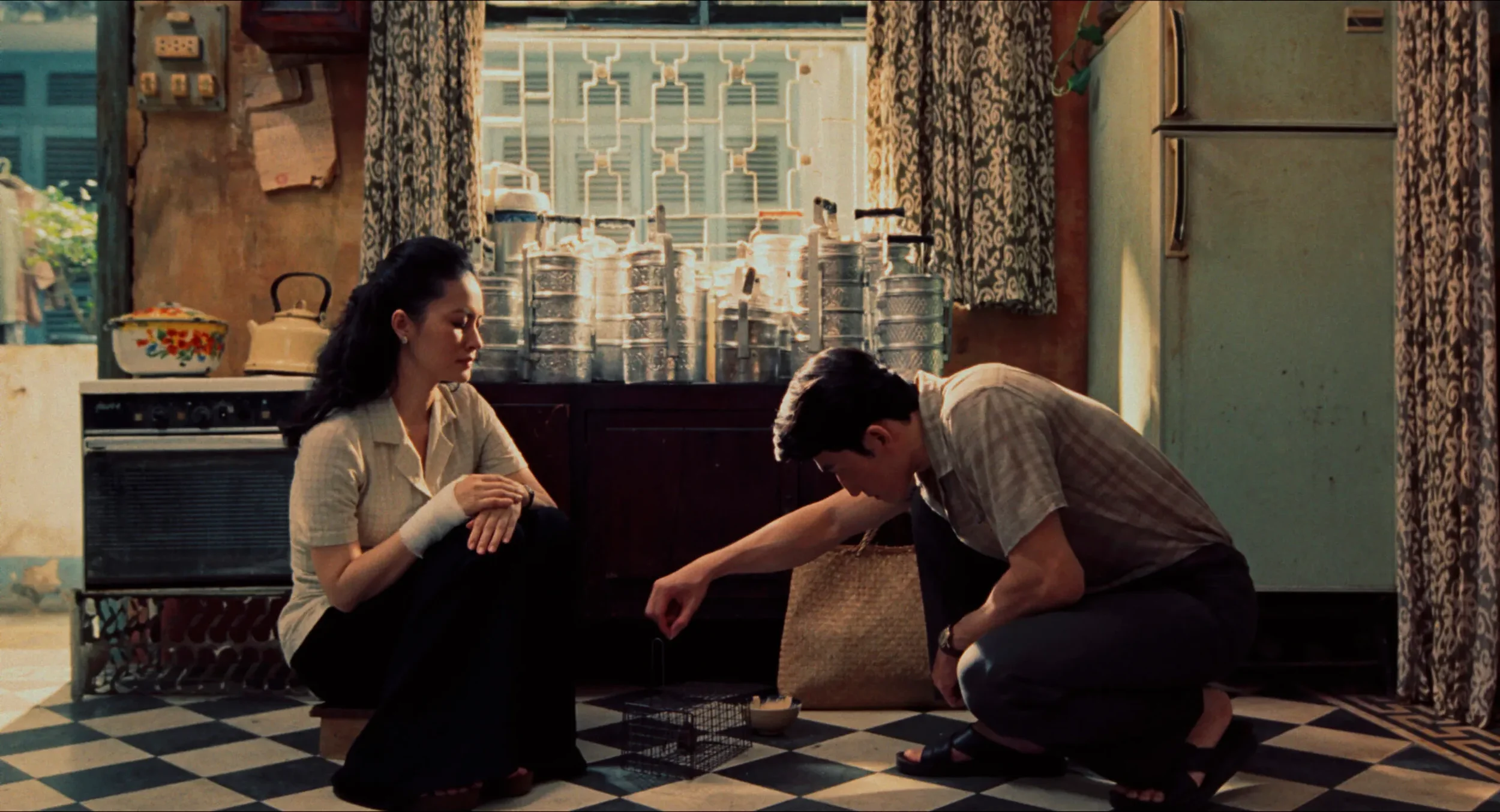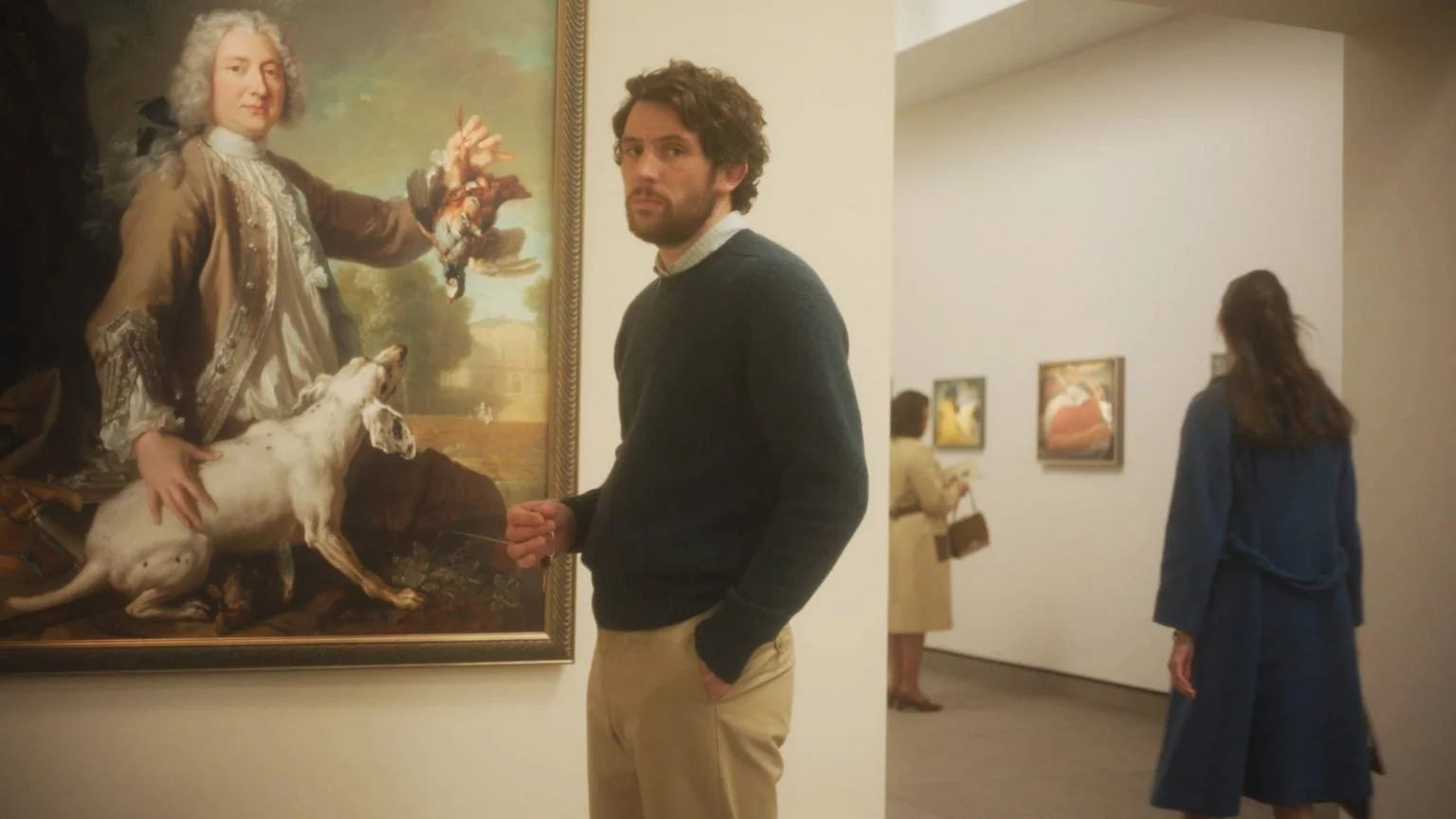‘Fanny: The Right To Rock’ REVIEW: How do you resurrect what history has buried?
‘Fanny: The Right To Rock’ REVIEW: How do you resurrect what history has buried?
June, Jean, Alice, and Nickey. The legendary members of the rock & roll band, Fanny.
Admittedly, I’m not a rock & roll fan. As a 21-year-old undergraduate whose Spotify playlist is mostly composed of K-Pop playlists, there’s very little that I know about the undoubtedly rich and idiosyncratic history of the music genre.
You can imagine the shame and disbelief that coursed through my already perspiring face during one hot afternoon when I discovered the revolution that was ‘Fanny,’ a band filled with Fil-Am singers but sounded just like, if not, better, than any other rock band.
Producing their peak at the turn of the 1970s, the group wasn’t just a trailblazer for a new set of faces in music, they were a wrecking ball disrupting the industry. In spite of all odds, ‘Fanny’ soared as a collection of queer women of color who found liberation in music, a path only thought to be reserved for men.
Their history was lost, buried, and ignored, like any other facet of non-white and non-heteronormative stories, even when liberation and colorful expression were seeing an uptick during the counterculture movement. Alas, the tragedy of ‘Fanny’ is that they arrived too early and then cameback too late, but this documentary, aptly including the tagline “The Right to Rock,” doesn’t offer a tale of wrong timing, but rather, a heartwarming ode to one of the forgotten pioneers of rock & roll.
Fanny recording for an album
Gaining its roots from the half-Filipina sisters June and Jean Millington, ‘Fanny’ broke through the scene by signing with Warner Bros. Records and playing through multiple gigs across the United States. The original cast members included June Millington (guitar, vocals), Jean Millington (bass, vocals), Alice de Buhr (drums, vocals), and Nickey Barclay (keyboards, vocals).
The documentary begins in the present, with June, Jean, and Alice returning for a comeback almost 50 years in the making. We see the intimacy of the three, both due to their lasting friendship and the utter lack of the usual grandiloquence bestowed upon reunions. The album comeback in 2018, named ‘Fanny: Walk the Earth,’ is not concerned with rousing declarations of rock & roll excess, instead, providing a channel for which the three forgotten icons can do what they’ve always wanted to do: play music and not give a damn.
Director Bobbi Jo Hart, interested in depicting undervalued stories of women in fields that spurn them, restores ‘Fanny’s’ place in the annals of music lore by showcasing what the band’s peers had to say about them. From David Bowie to Bob Dylan, these artists sang their praises for the all-female band, in some cases even championing their work when no one else did. “It was important to the broadcaster that we gather some of these more well-known artists,” Hart said, “to help contextualize Fanny’s place in it all.”
We see their connections and degrees of separation from big musical artists from the ‘60s and ‘70s. How they played at the Apple Studio back in London, even recording with one of George Harrison’s sound engineers. How their old house at Los Angeles became a sanctuary for drugs, sex, and unbridled musical looseness with celebrities like Mick Jagger and so on. But a bittersweet tune seems to always linger when listening to these stories as if relegating ‘Fanny’ to mere footnotes rather than progenitors of their own fate.
As a documentary, the film feels more similar to The Queen of Basketball, the Oscar-winning short film detailing the life of one of basketball’s premiere female athletes. But whereas that film was invested in reasserting the place of the basketball legend that was and is Lusia Harris, this documentary is interested in reevaluating the impact ‘Fanny’ had under the context of a more diverse and liberal world in the present.
Fanny in 2018 during their comeback album
What it finds in the process is an overdue retelling from a range of different voices including music critics, new female rock & roll artists, and of course, the ‘Fanny’ members themselves. But as the documentary progresses, you can sense a tension between what the band members are saying and what the consumers of their songs are mentioning. The members never falter in talking about how all they wanted to do was play songs that made them feel free, and it didn’t matter whether they had succeeded or if they’d gotten the same traction as other boy groups.
But, the point most talking heads in the documentary seem to hammer home for most of its 90-minute runtime is how revolutionary they were and how they were the “first” to do this and that. It’s funny because a scene with June immediately undercuts all of this when she says that she didn’t care they were the “first” whatever, it was music, it was art, it was simply rock & roll, all they cared about was how it gave them a chance to escape from the sexism, homophobia, and racism that pervaded their everyday life.
This tension, for me, is a good thing. Because the picture of ‘Fanny’ has never been clear-cut, and neither is music. There can be ambling moments in a song, chaotic lyrics at times, and angular song structures, but it never fails to be purposeful. The best achievement that Fanny accomplished was that they had purpose in their journey, and whether it was to prove that women could do it too or if it was just to make banger music in a vacuum, it really doesn’t matter, because they made it happen—and they did it on their own terms.
‘Fanny: The Right to Rock’ is now showing in Philippine cinemas.













